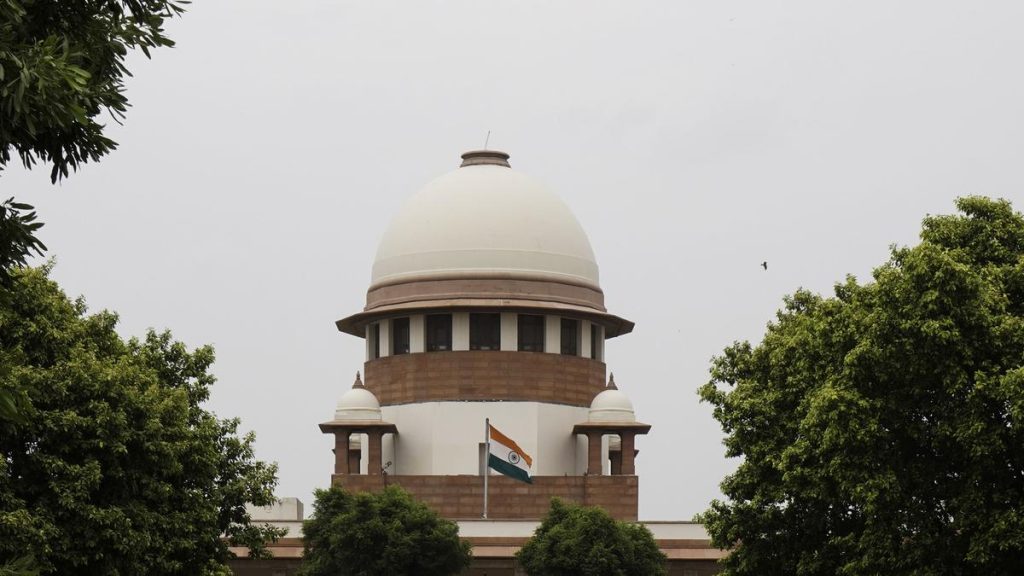Now Reading: India’s Snake Hotspots: Regions Prone to Deadly Sightings
-
01
India’s Snake Hotspots: Regions Prone to Deadly Sightings
India’s Snake Hotspots: Regions Prone to Deadly Sightings
Rapid Summary
- India is home to some of the most venomous snakes, including King Cobra, Russell’s Viper, and Saw-Scaled Viper.
- Snake Hotspots:
– Karnataka’s Western Ghats: Known as the “King Cobra capital of india,” Agumbe’s biodiversity supports abundant snake populations.- Deccan Plateau, Maharashtra: Frequent encounters with cobras and vipers in homes and farms; rescue groups active due to agricultural activities.
– Sundarbans, West Bengal: Mangrove forests provide cover for deadly species like King Cobras and Banded Kraits.- Rajasthan’s Desert Region: Home to the camouflaging saw-scaled viper,posing risks to locals.
– Assam & Northeast india: Dense humid jungles are habitats for king Cobras and Kraits; rural areas report frequent bites.
– Tamil Nadu’s Paddy Fields: farming season sees barefoot workers at risk from cobras and kraits; strong rescue networks exist here.
– Western Ghats, Kerala: Monsoons see frequent snake sightings in plantations and houses; hosts species like King cobras and Russell’s Vipers.- Odisha’s Forests & Coastal Areas: Incidents involving kraits increase during monsoon when snakes enter homes.!Snake hotspots
Indian Opinion Analysis
India’s diverse geography nurtures rich biodiversity but also comes with challenges such as interactions between humans and venomous snakes. The highlighted regions underscore how environmental factors-rainfall patterns (e.g., Western Ghats), rural farming practices (e.g., Tamil Nadu), or desert environments (Rajasthan)-affect snake prevalence. While these encounters pose risks to life in highly populated rural settings like paddy fields or tea gardens,awareness campaigns combined with rescue initiatives can definitely help mitigate danger.
Improved access to antivenom distribution across states could save lives in remote areas prone to bites during seasonal snake activity. Collaboration between wildlife conservationists on habitat preservation alongside public safety measures can ensure a balanced approach addressing ecological concerns while safeguarding communities.




























